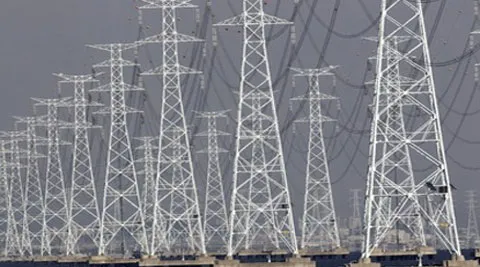Latest Comment
Post Comment
Read Comments
 The move would benefit Lanco Infratech, Essar Power, Reliance Power, GVK Group and GMR Energy, among others.
The move would benefit Lanco Infratech, Essar Power, Reliance Power, GVK Group and GMR Energy, among others.The government has firmed up a plan to salvage 16,107 MW of stranded gas-based power capacity by letting units operate at 40% plant load factor (PLF), supported by a policy mix of gas pooling, tax relief on fuel and a transient subsidy support from the National Clean Energy Fund.
FE first reported the government plans on August 1.
Assuming three different prices for domestic gas — the lowest being the current weighted average of $4.4/mmBtu and the highest, $8/mmBtu — the ministries of petroleum and power, in a joint note for the Cabinet, have proposed that these plants sell power at not higher than R 5.5/unit to state utilities, as a higher price is seen unviable.
They also envisage the subsidy becoming redundant in FY17 with the estimated increase in availability of domestic gas to the power sector, even at a price of over $6/mmBtu, if the pooled quantity is fed to the country’s entire gas-based capacity of 24,149 MW, and not just the stranded 16,107 MW with the private sector.
The subsidy amount contingent on various variables — including whether the pooling is restricted to stranded plants or also the 8,042-MW, mostly public-sector capacity running on APM gas — is expected to vary between R1,433 crore and R 3,074 crore in the remainder of FY15 and between R339 crore and R6,634 crore in FY16. The cost to the government, of course, also includes revenue foregone by the Centre and states on tax concessions.
Apart from the pooling of domestic gas with costlier imported RLNG, the package includes a waiver of VAT, CST and other levies on gas/RLNG by the states, customs duty exemption for RLNG, a 20% cut in pipeline tariff and a halving of marketing margin by public sector GAIL (India), which would be the pool operator.
The move would benefit Lanco Infratech, Essar Power, Reliance Power, GVK Group and GMR Energy, among others, as their plants would be saved from becoming non-performing assets (NPAs). An investment of
R64,000 crore is made in the gas-based power capacity by private firms.
To ensure that the tariff doesn’t go beyond the proposed R5.50/unit, plant developers will be asked to cap their fixed cost at R0.85/unit at 40% PLF against the actual cost of R2.66/unit and, accordingly, re-negotiate the terms of outstanding loans with their lenders. Capping the fixed cost at R0.85/unit implies a variable cost of R4.65/unit given the tariff envisaged of R 5.5/unit.
As per sources, GAIL, being the main supplier of gas to these power plants, is best suited to implement gas pooling in a centralised manner. GAIL is also a public sector company and an LNG buyer, which recently finalised LNG contracts of nearly eight MMTPA. Being a central PSU, government guidelines can be smoothly implemented by GAIL, they added.
The pooling mechanism is expected to lead to an incremental annual power generation of some 38 billion units. The proposed pooling is based on the assumption that all incremental NELP gas over and above 31.5 MMSCMD reserved for the highest-priority fertiliser sector will be available to the power sector and non-NELP gas won’t be provided to it.
The Cabinet committee on economic affairs will take a final call on the proposal after concerned ministries have provided their comments.
By Sumit Jha, The Financial Express




